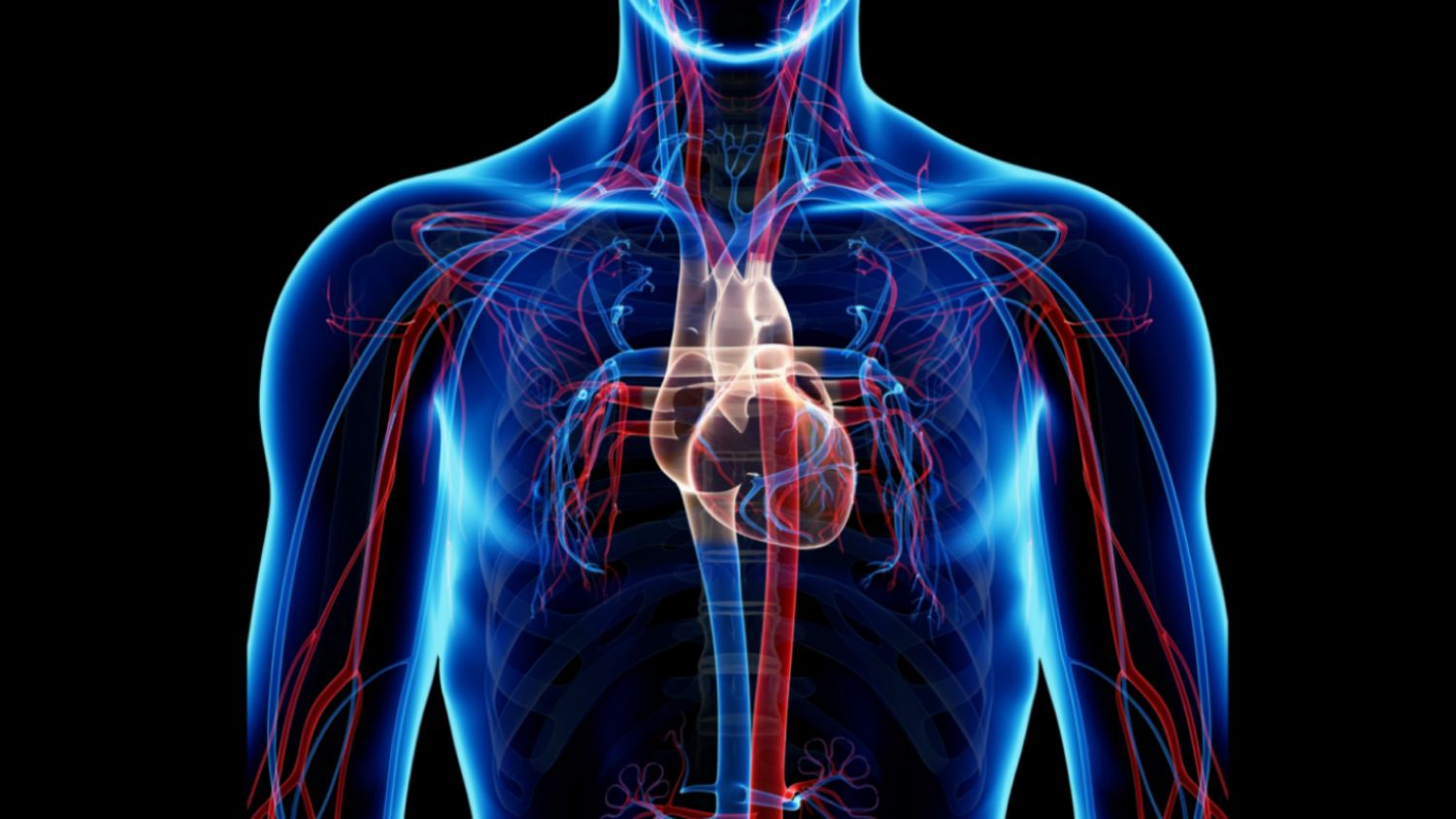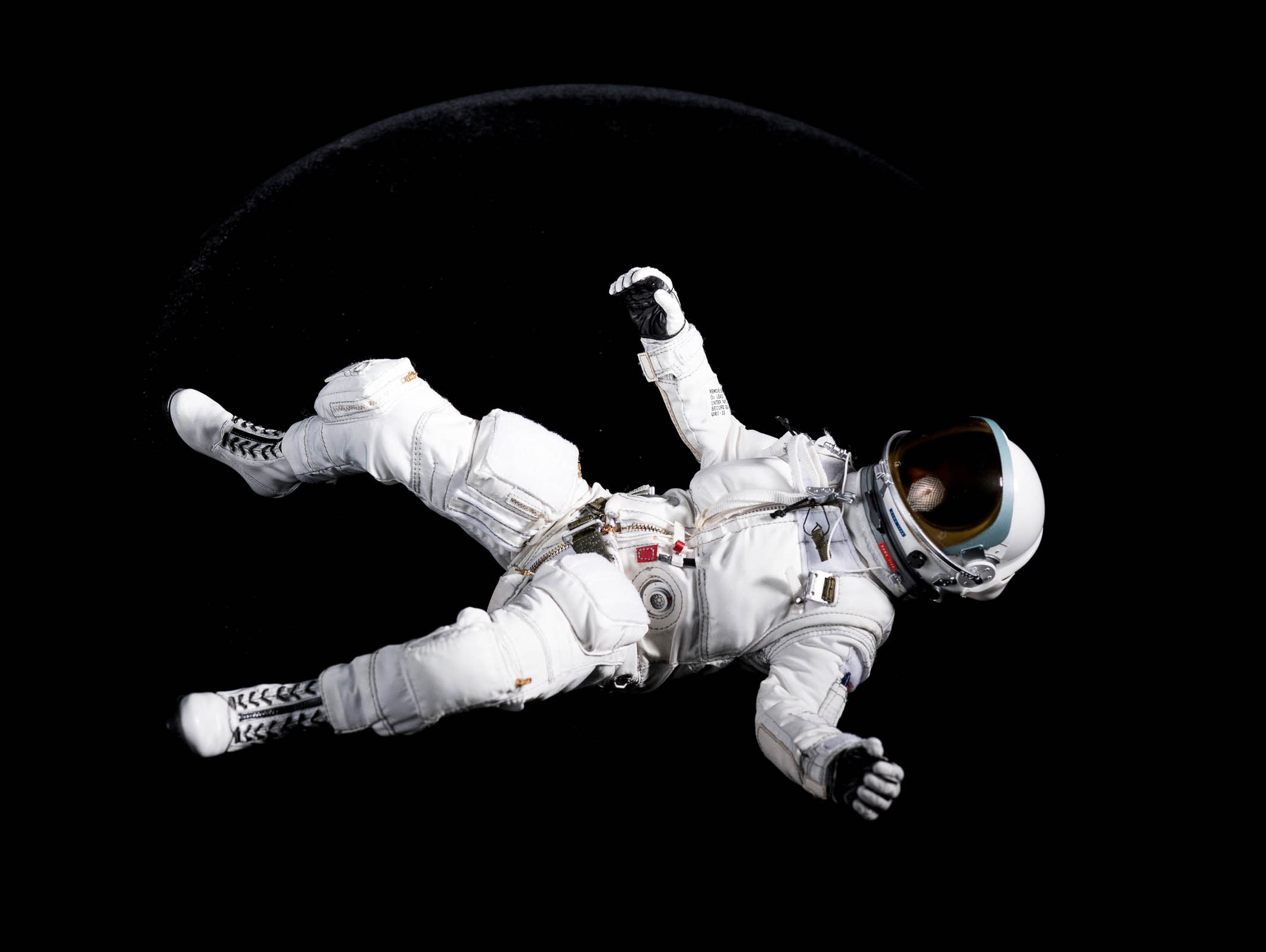Do you, or someone you know live in a large city? A city is a community of people who work together to support each other, and make life possible. Each person has a different job. Some are builders, others work in markets, while others clean up. Every job is important. Suppose you work in an office building on the 86 th floor, and decide that you are hungry. How will you get food?
You walk down the narrow hallway, climb into an elevator, and go down to the main floor. From there you walk out into the street, and continue towards your favorite lunch spot. Using hallways, elevators, and roads, you eventually find your way to your lunch.
Circulatory System
In many ways, your body is like a city. Instead of millions of people, your body is made up of trillions of cells, each with a different job. What happens if a cell on the 86 th floor of your body gets hungry? How will it get food?
Just like a city with hallways, and roads, your body has blood vessels, arteries, and veins that help move things around. Most of the cells inside of your body do not move. If a cell is hungry, or needs to get rid of waste, it can’t simply move itself to the part of your body where it needs to go. Instead, your body must bring the food to your cells, and the waste away from them.
Using billions of tiny tubes, your body is constantly pumping blood throughout your body. On the way out, your blood is loaded with the things that your body needs, like food, oxygen, and other chemicals. On the way back, your blood is full of things that the cells of your body need to get rid of, like waste.
What color is blood?
Well, that depends. Sometimes it is red, and sometimes it is blue. Don’t believe me? Look at your arm. Better yet, look at the arm of one of your parents. Can you see the blue veins? Why are they blue? When blood is full of oxygen it is red, but when it is low on oxygen it turns bluish. Why don’t I ever see blue blood? Because as it leaves your body, it quickly turns red, as it takes in oxygen.
The Heart
The job of your heart is to pump blood through your body. Even in your sleep, your heart keeps beating, or pumping blood. If it stopped, you would quickly die. Your heart is broken into two sides, separated by a septum. The Left side of your heart is filled with oxygen rich blood, while the right side of your heart is filled with oxygen poor blood. Each side of your heart is further broken into two chambers, known as the atrium, and the ventricle. Each side of the heart has an atrium and a ventricle for a total of four chambers.
Your right atrium takes in the oxygen poor blood. It is then pumped to your lungs via the right ventricle. In your lungs, your blood again fills up with oxygen, and returns to your heart. Your blood now enters the left atrium of your heart. It is then pumped out to your body via your left ventricle.
Arteries, Capillaries, And Veins
Your arteries carry blood from your heart, out to the rest of your body. They have very thick walls, which allow them to withstand the immense pressure created as your heart pumps blood forcefully. As blood travels outward the arteries become smaller and smaller until eventually the blood enters into what are known as capillaries. Capillaries are so tiny that blood usually can only get through one cell at a time. It is within the capillaries that oxygen is taken by the cells, and waste, such as carbon dioxide is released into the blood.
Eventually the capillaries get bigger and bigger, and then the blood enters into veins. As the blood travels back to the heart your veins get larger and larger.






